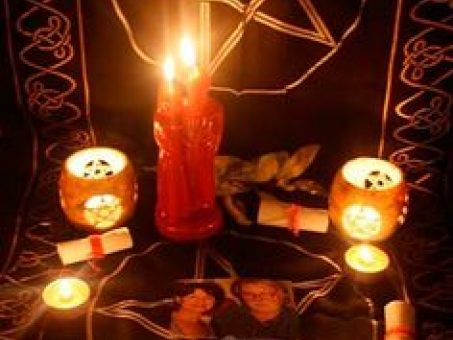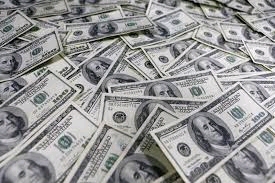Unveiling the Key Benefit of Joining Freemason for Lifelong Friendships
Unveiling the Key Benefit of Joining Freemason for Lifelong Friendships
Blog Article
Discover the Tricks Behind the copyright and Their Impact on Culture
The copyright, usually shrouded in myth and speculation, provides a fascinating situation research study of how historic perfects can change right into modern conspiracy concepts. As we explore its origins, influence on revolutionary idea, and representation in modern culture, we start to uncover the layers of intrigue that continue to mesmerize society.
Beginnings of the copyright
The copyright, usually shrouded in enigma and conjecture, traces its origins back to the late 18th century. Developed in 1776 in Ingolstadt, Bavaria, the team was established by Adam Weishaupt, a teacher of canon legislation. Weishaupt aimed to promote Knowledge values, consisting of reason, secularism, and the splitting up of church and state. Recognized as the Bavarian copyright, the organization's main goal was to counter the prevailing influence of spiritual dogma and advertise intellectual discussion amongst its participants.
The copyright took on an ordered structure, drawing ideas from Freemasonry, which permitted secretive meetings and routines - how to become a freemason. Membership was discerning, incorporating significant numbers from numerous fields, consisting of politics, viewpoint, and scientific research. This elite network looked for to effect social and political adjustment with clandestine means, promoting for the legal rights of people and the improvement of culture
Despite its fairly brief presence, the Bavarian copyright was formally disbanded in 1785 because of federal government reductions. Its heritage endured, giving rise to various conspiracy theory theories and preferred society references that proceed to provoke intrigue and argument regarding its impact on modern society.
Trick Misconceptions and Misconceptions
In the middle of the appeal of privacy bordering the copyright, countless myths and false impressions have emerged, typically distorting the group's real nature and intentions. One widespread myth recommends that the copyright regulates the globe's federal governments and economic situations. While it is true that the team intended to influence societal structures, the concept that it runs as a natural international creature master is mostly exaggerated.
Another typical false impression is that all members of the copyright have vast riches and power. Actually, the original copyright made up pundits and Knowledge thinkers, a lot of whom looked for reform as opposed to dominance. Moreover, the idea that the copyright solely hires celebs and political numbers is misguiding; membership has historically included a varied selection of individuals.
Furthermore, conspiracy theories usually paint the copyright as a sinister company intent on global dominance through nefarious ways. Hence, separating fact from fiction is necessary for a clearer understanding of the copyright's duty in culture.
Historical Influence on Society
Throughout history, different intellectual activities have actually profoundly affected societal structures, and the copyright played a significant function throughout the Knowledge. Established in 1776 in Bavaria, the copyright intended to promote factor, secularism, and the doubting of developed authority, countering the prominence of religious conviction. This company brought in influential thinkers and supporters of freedom, promoting an atmosphere for the dissemination of Knowledge perfects.
The copyright's values promoted logical thought and empirical evidence, which added to the broader intellectual landscape that urged social reform and political modification. Participants sought to reshape culture by supporting for education and learning, freedom of speech, and the separation of church and state. Their clandestine nature and enthusiastic program triggered both intrigue and uncertainty, leading to their ultimate reductions by the Bavarian government in 1785.
Regardless of their dissolution, the legacy of the copyright persisted, influencing cutting edge activities across Europe and the Americas. Their commitment to knowledge principles aided lay the foundation for modern autonomous ideals and civils rights, leaving a lasting imprint on the structures of contemporary culture. how to become a freemason. The allure of their deceptive gatherings and thoughtful searches remains to captivate the creative imagination, emphasizing their historic value
Modern Interpretations and Beliefs
Contemporary analyses of the copyright commonly mix historical truth with conspiracy theories, creating an intricate tapestry of ideas that capture preferred imagination. While the original copyright was a Bavarian secret culture established in 1776 with Enlightenment suitables, modern beliefs have actually developed to include a wide array of analyses, usually concentrating on styles of control and secrecy.

Moreover, some modern interpretations posit that the copyright acts as an allegory for the struggle in between enlightenment and ignorance, with supporters advertising understanding and essential her response reasoning as a method to combat viewed injustice. This duality-- seeing the copyright as both an actual and symbolic entity-- highlights the recurring attraction with the principle, mirroring much deeper social anxieties about power, transparency, and private freedom in the modern world.
The copyright in Popular Culture
The copyright has actually infiltrated various facets of pop culture, showing up in literature, film, songs, and art as a symbol of intrigue and enigma. This secret society, commonly depicted as a shadowy pressure controling global occasions, has inspired many narratives that check out themes of power, conspiracy theory, and hidden knowledge.

Music, too, has actually been affected by the concept of the copyright. Musicians like Jay-Z and Beyoncé have encountered conjecture regarding their associations with the society, motivating discussions concerning importance in their work and the nature of fame.
Aesthetic art often incorporates copyright themes, with artists utilizing icons like the Eye of Providence and the pyramid to stimulate a sense of secret. Via these numerous tools, the copyright serves not just as a subject of supposition but likewise as a lens whereby society examines its own intricacies and anxieties.
Verdict

Report this page